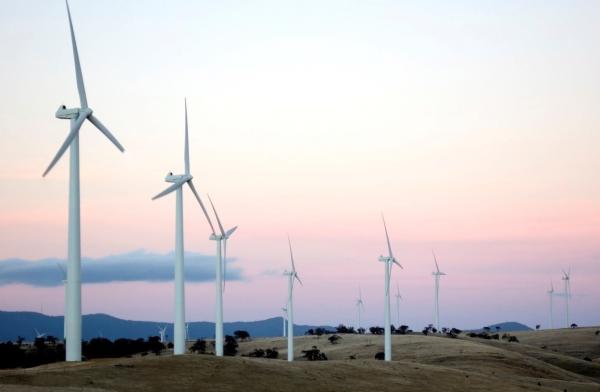
- An increase of over 22 per cent on the previous year, boosting projects that help developing countries and emerging economies cut emissions and address climate risks.
- Climate financing by the world’s six largest multilateral development banks (MDBs) rose to a record high of US$ 43.1 billion in 2018, up more than 22 per cent on the previous year.
Climate financing by the world’s largest multilateral development banks (MDBs) in developing countries and emerging economies rose to an all-time high of $43.1 billion in 2018, boosting projects that help developing countries cut emissions and address climate risks. This represents an increase of more than 22 per cent from the previous year, where climate finance totalled $35.2 billion. This is also a 60 percent increase since the adoption of the Paris agreement in 2015 response to the ever more pressing challenge of climate change, which disproportionately affects the poorest and most vulnerable.
The latest MDB climate finance figures are detailed in the 2018 Joint Report on Multilateral Development Banks’ Climate Finance, which combines data from the African Development Bank (AfDB), the Asian Development Bank (ADB), the European Bank for Reconstruction and Development (EBRD), the European Investment Bank (EIB), the Inter-American Development Bank Group (IDBG) and the World Bank Group (WBG). These banks account for the vast majority of multilateral development finance globally. The 2018 report also summarises information on climate finance from the Islamic Development Bank (IsDB), which joined the MDB climate finance tracking groups in October 2017.
The report shows that US$ 30.2 billion, or 70 per cent, of the total financing for 2018 was devoted to climate change mitigation investments that aim to reduce harmful greenhouse gas emissions and slow down global warming.
The remaining US$ 12.9 billion, or 30 per cent, was invested in adaptation efforts to help address mounting impacts of climate change, including worsening droughts and more extreme weather events from extreme flooding to rising sea levels.
Since 2011, when the six MDBs initiated joint reporting, they have committed nearly $237 billion in climate finance for developing and emerging economies. Climate funds channelled to these countries through MDBs, such as the Climate Investment Funds (CIF), the Global Environment Facility (GEF) Trust Fund, the Global Energy Efficiency and Renewable Energy Fund (GEEREF), the European Union’s funds for Climate Action, and the Green Climate Fund (GCF), play an important role in boosting MDB climate financing. In addition, as well as the US$ 43.1 billion of MDB finance in 2018, MDBs report another US$ 68.1 billion in net climate co-finance – investments from the public and private sector - adding up to total climate finance for the year of US$ 111.2 billion.
Vice-President Emma Navarro, responsible for Climate Action and Environment, said: “Total EIB global climate finance in 2018 amounted to more than USD 19 billion. This included support for low carbon and climate resilience investments both inside and outside the European Union. We welcome this joint report on MDBs Climate Finance, which shows that for a second year in a row, MDBs collectively stepped up their financing for climate action in developing and emerging economies. The EIB provided more than USD 5 billion in these regions in 2018. In the run up to the UN Climate Action Summit in September, this increase sends the important signal that the MDBs and the EIB stand ready to respond to the challenges posed by climate change.”
The regions of Sub-Saharan Africa, Latin America and the Caribbean, and South and East Asia were the top three to invest MDB climate finance. The report also breaks down climate finance by MDB, economy size, sector, type of recipient and type of financial instrument.
MDBs’ provision of climate finance helps to ensure global financial flows are consistent with development with low greenhouse gas emissions and are resilient to climate change, in line with the Paris Agreement’s aim to limit the increase in global temperatures to well below 2°C, pursuing efforts for 1.5°C. The MDBs have reported on climate finance since 2011, based on the jointly developed methodology for climate finance tracking, and in 2015 set their climate targets looking ahead to 2020.